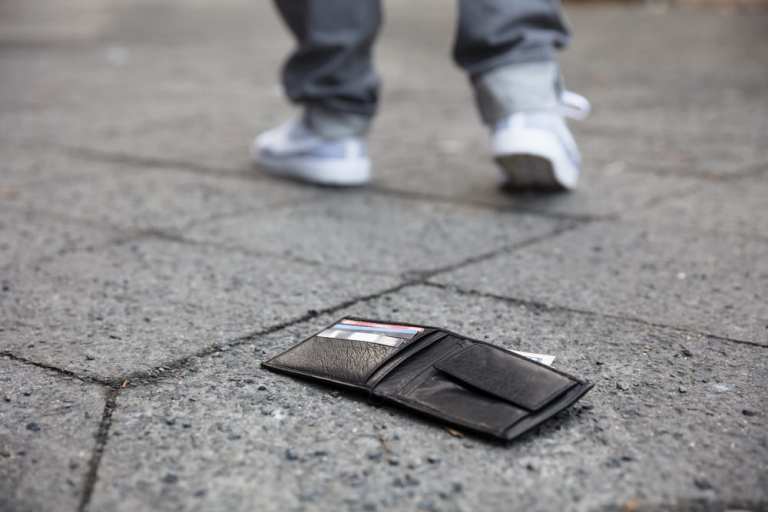Why Card Replacement Is Every Bank’s ‘Moment Of Truth’

It happens. An issuer suspects a card has been compromised, or a consumer remembers that their debit card is in their jacket pocket only after leaving it at the cleaners. Either way, a card is cancelled and replaced with a new one.
That’s when the veritable banquet of friction points begin for the consumer — in the case of a lost card, that includes trying to find the right number to call, authenticating oneself to the person on the phone or in the branch, then waiting three to 10 days for a new card to arrive. There’s the pain of remembering everywhere the card is on file with merchants and businesses for bill payments or subscriptions, then manually entering new card information.
“If you happened to be on vacation when this happened, or have recurring payments set to that card, you’re just out of luck,” Bharghavan “BV” Vaduvur, CEO at Ondot, told Karen Webster.
When it comes to active cards, BV said, issuer-initiated replacements aren’t just once-in-a-blue-moon occurrences. In BV’s experience, heavily used cards are replaced 1.7 times a year, while inactive cards are less frequent at once every two years. It’s anyone’s guess how many times a year jackets get sent to the cleaners with cards in the pockets that end up needing to be replaced.
That friction-filled interlude is more than just a hassle for consumers; it can be a liability for financial institutions (FIs). That moment of truth, he said, that moment when a customer realizes their card is lost or compromised, can determine the future of the relationship that the consumer has with their issuer.
Redesigning The Experience End To End
The “old way” — which Webster said sounded like the “today way” for many issuers — is to lead the consumer on that friction-filled journey that starts with a phone call and ends with a card in the mail three to 10 days later. The slower, more fiction-filled version of the journey, BV told Webster, has real and measurable costs for FIs. After a card replacement, the data shows there is an attrition of spend by about 35 percent for the one- to two-month period following the lost/stolen/new card replacement cycle.
According to BV, the new way is to give the consumer the option of opening their banking app and switching the card off. However, maybe not off forever, but a “warm off” so that, if the card was simply misplaced temporarily, it could be turned back on, avoiding the irreversible process of shutting down the card. If the card was lost or stolen, or the issuer suspects a compromise, the new way also allows for the consumer to get a digital card, instantly issued and provisioned to their digital wallet of choice so it can be ready for use.
At the same time, the consumer can get a list of all the places where they have a card on file, and have the merchants automatically update that card on file with the new card information. No merchants would have to be manually contacted to prevent a denial of service.
APIs also make it possible to give the consumer precise information on when the physical card was shipped and delivered, and an activation prompt to turn the card on.
“The user is never really left without a card, they don’t face disruptions or late fees, the new card is shipped and easily tracked — it is all predictable and it is all transparent,” BV said.
Understanding The Customers
When it comes to digital card management (one element of the technology that powers the card replacement journey described above), BV said it helps to understand the personas that use the service, and what motivates them to do so. Based on analysis, customers break down into four basic buckets: security-focused, cost-focused, engagement-focused and those who “like to chase cool.”
He noted that there are not demographic cheat codes that point to the bucket into which a consumer might fall. A hypothesis that was totally nullified, BV said, was the assumption that millennials and affluent customers would be chasing cool while older users were looking for safety and security. What was found instead was that the personas themselves were almost totally untethered, demographically speaking, and were more reflective of individual lifestyle than anything else.
All four of these personas responded slightly differently to digital card management, and all needed to be addressed and have their digital journeys customized accordingly. Knowing that, he noted, can help drive increased use of those cards (roughly 23 percent annually), and increased revenue from those cards as well (in the 7 percent to 8 percent range over a five-year period).
The Ongoing Power Of Plastic
The conversation shifted to the potential of digital wallets and instant provisioning, and to the impact of digital provisioning on the use of plastic cards.
“Transactions will become more digital; [that] is absolutely true — but it is not so much about the demise of plastic. It is really about being able to manage plastic, and give it a life and voice through digital card management,” BV explained.
The actual transactions might not change much. Mobile payments, he noted, are still a small fraction of all transactions. The value is in creating digital tools to manage that card — whether it be plastic or digital — so that they do more and make the customer feel more secure.
“Banks can use card management and their mobile apps to help consumers stay connected to them — and act as their valet, their guardian, and act as their advocate,” he said.